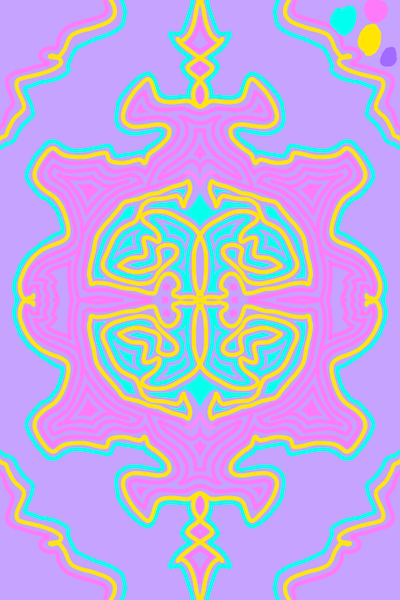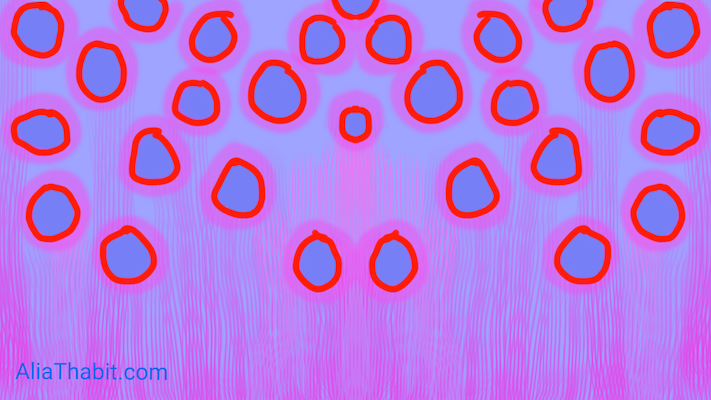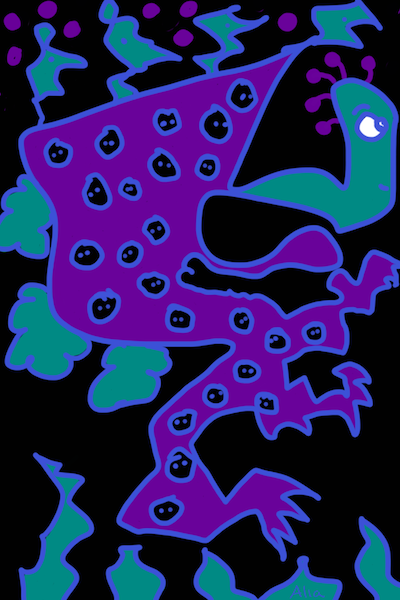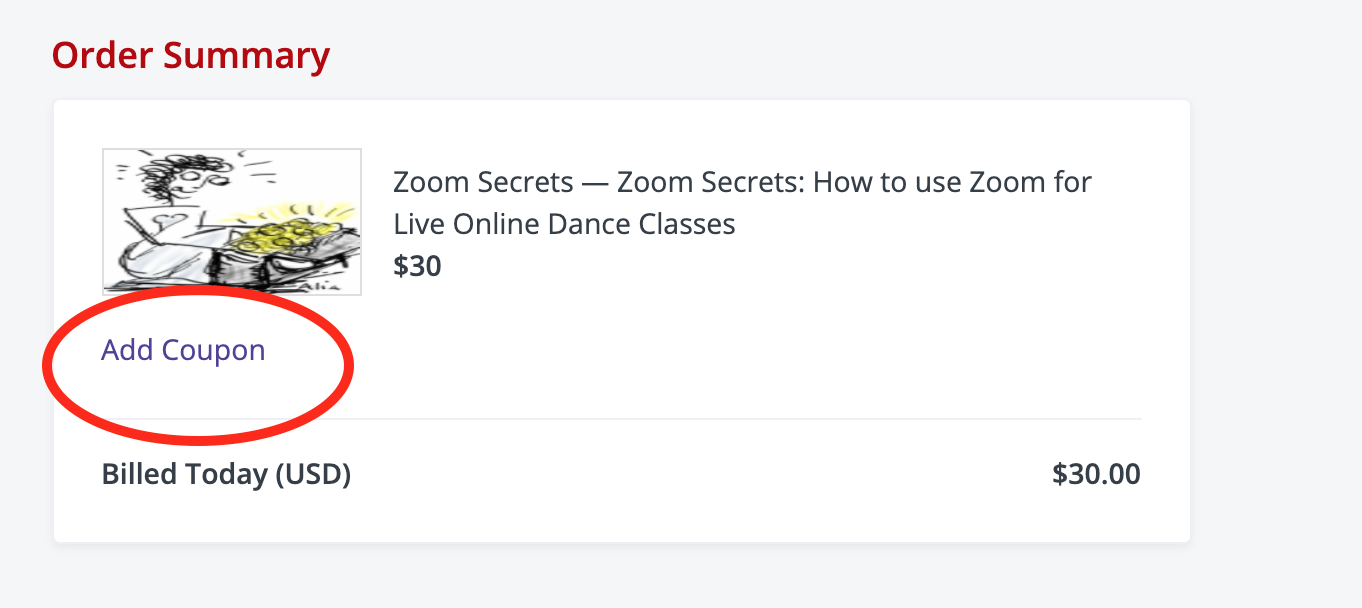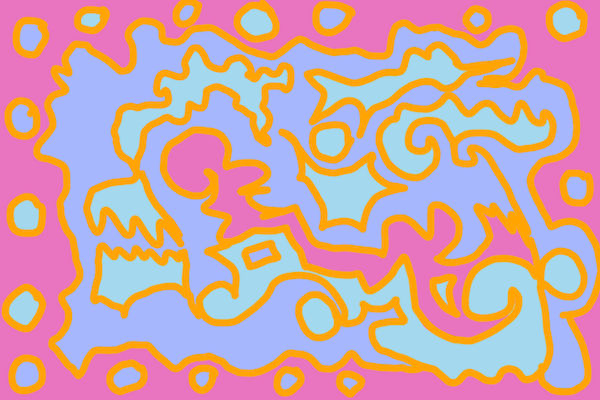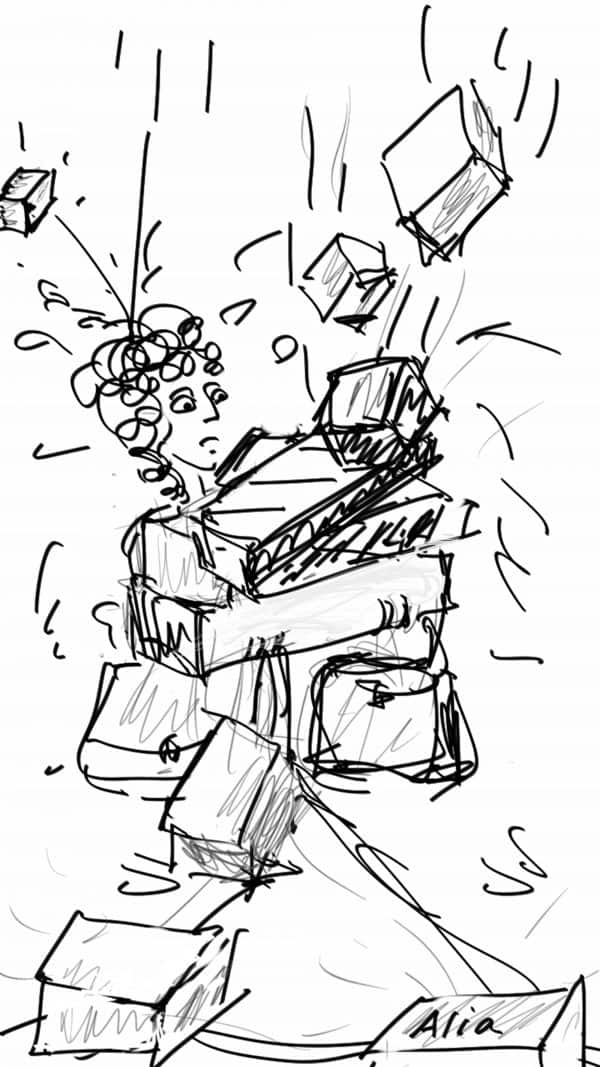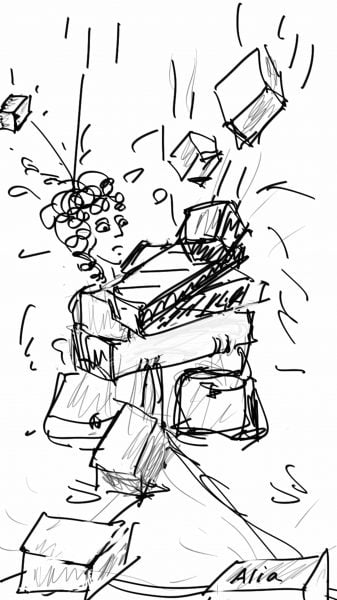I realized that although I write a lot about improvisation in general, I rarely write about Taqsim, solo improvisation of melody instruments. But Taqsim is a core element of Oriental music and dance! So here we go to rectify that.
Part of this is that I’ve recently been teaching Taqsim improv. I loved that so much, I decided to make that my contribution to this year’s Belly Dance Bundle. Speaking of which, the Bundle is doing a wonderful Zil Challenge with a $350 prize!
Now, ON TO TAQSIM!
Dancing to the Instruments
There is a lot of advice out there, much of it well-meaning. For example, we get a lot of advice about what we should do with each instrument.
“Shimmy to the qanun!”
“Shimmy to the oud!”
“Dance with the part of the body near where the instrument is held!”
“Arms and hands for the etherial nay!”
Everyone is terrified that if they dance the wrong way they will get in trouble.
I say, forget all that.
Back in the five-part routine days, we did floor work to taqasim (musical improvisations. Taqasim is the plural; taqsim is singular). We didn’t shimmy; we slithered and roiled.

As floor work fell out of fashion (illegal in Egypt and hell on expensive costumes), dancers focused on standing taqsim, and this required different movement options than rolling around ; ). But still, we are artists. we dance what we feel from the music. There is no law about what to do or how to do it.
When I interviewed Dr. George Sawa for Midnight, I was pleased that he agreed with me about this.
The percussive quality of the plucked instruments like the oud, buzuq, and qanun, he explained, is what the musician has to do to sustain the sound. Rather than dancing on that, dance on the melody the musician plays. Even in a taqsim without meter (rhythm), the musician plays notes, and the tones rise and fall.
Follow that.
Taqsim is hard for Western dancers partly because we tend to favor the rhythm. A chiftetelli rhythm, which often accompanies a taqsim, is very compelling. I have seen plenty of otherwise excellent dancers completely ignore the solo instrument and dance only on the rhythm.
Taqsim is also hard because this is where the musician’s feeling comes out. Taqasim are improvised musical journeys. They begin on one maqam and then journey through a range of others, often through heroic musical leaps, before finally returning to where they started (the maqamat are Arabic musical modes. See Johnny Farraj’s excellent site, maqamworld.com for more on this).
So when we dance on taqasim, we open ourselves to the feeling, because it is in there.
There are no rules for what we “should” feel from the music. What you feel is what you feel. Yes, the composer may build things in, yes the musician invests the music with their own feeling; our task as dancers is to open up and see what comes through.
I know, what if we do it wrong? How do we learn, except by making mistakes? Answer: we don’t. You have to kiss a lot of frogs in this life. Might as well pucker up.
So, for our music today I give you a 20-minute taqsim.
It is a collaboration between Simon Shaheen on the oud, which has the lower, more mellow tone, and AJ Racy on the buzuq, which has a sharper, higher tone, courtesy of its metal strings and smaller sound box.
Music: Simon Shaheen And Ali Jihad Racy – 01 – Maqam Kurd
The oud is fretless, like a violin, so it is especially suited to the bending of notes common in Arabic music. The buzuq has frets, but they are adjustable. Listen for the differences and see if you can follow—and maybe dance on—each instrument individually (Hint: the oud goes first, and the buzuq comes in second).
Use Slow Movement if you like; it helps. Use Low Space if you like; it feels right. Ask me questions if you like; I welcome them.
For those who would like to explore Taqsim, I will be offering a five-week course through the BellyDance Bundle.
I am also very pleased to offer Effortless Improvisation, a Live Deep Dive for our in-depth Forum Class this fall. Effortless covers taqsim along with a deep dive into improvisation technique and strategies for confidence and joy. Registration opens October 1st; Effortless begins the week of October 11.
I look forward to dancing with you!
Love,
Alia
PS Here is a great FREE online festival of Turkish Dance from Serkan Tutar!
Turkish Night Homemade Gala Show Part 2
The show opens Sunday 27th September 2020 at Rakkas Istanbul Youtube Page at 20:00 (Belgium/ Brussels time ). It will stay available for a while after that. It features a range of famous Turkish and Turkish-style dancers, with everything from oriental to folk to historic styles. Our dear friend Walladah Valadah performs classical Ottoman dance!

